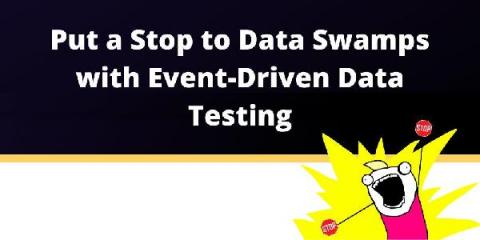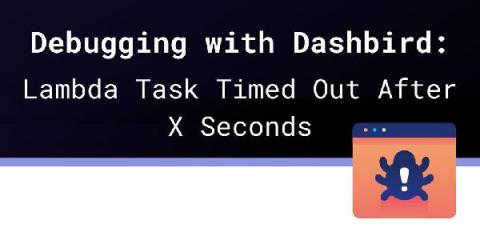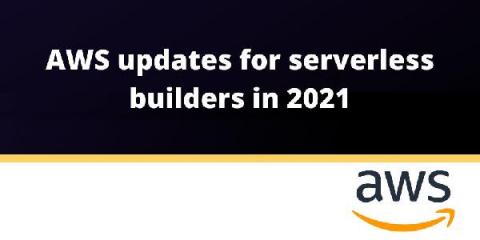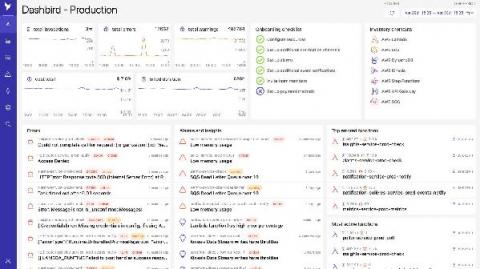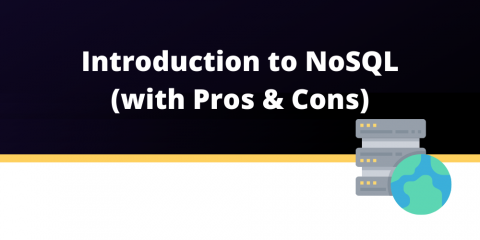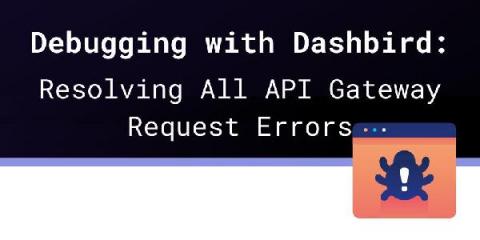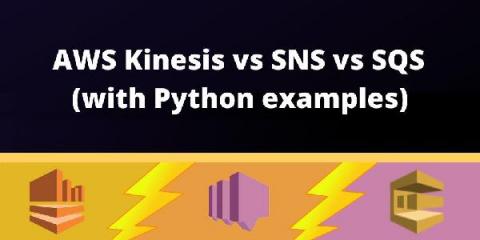Expert advice on moving to serverless
We asked seven serverless experts, knowing what they know now, what piece of advice would they give to their past selves on moving to serverless. Here’s what they had to say: Ben Ellerby, AWS Serverless Hero and VP of Engineering at Theodo Serverless is a mindset change, bring your teams with you on the journey. Show them the power of Serverless hands-on – and invest in the developer experience of your pipelines from day 1. Ben Smith, Senior developer advocate for serverless at AWS.



